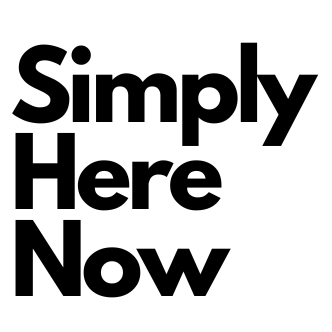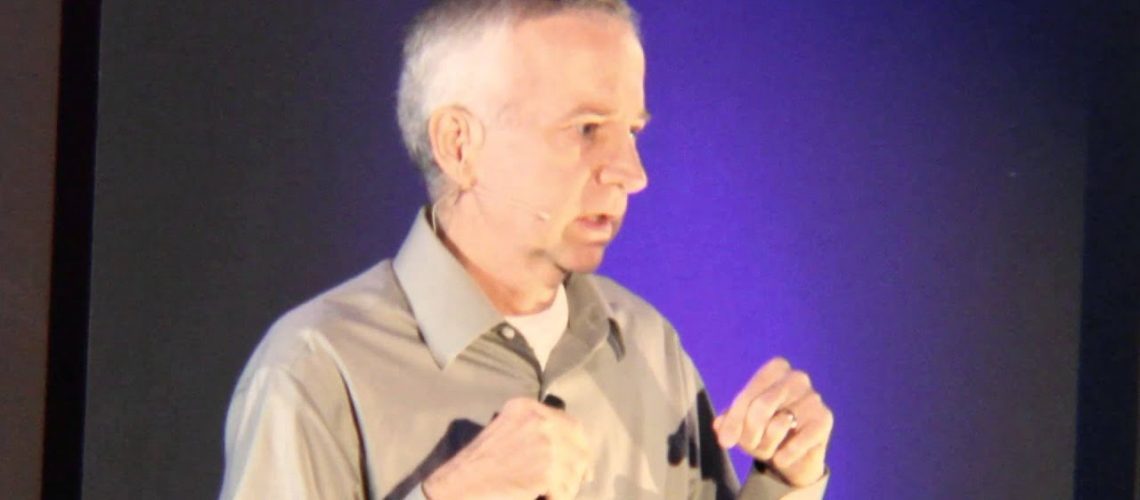The Fast-5 rule is simple—eat within five consecutive hours.
The Fast-5 Diet and the Fast-5 Lifestyle is a book about integrating intermittent fasting into a daily routine that gets appetite working like it should—reducing intake if you have excess fat and maintaining a healthy weight if you don’t.
The book is about how to get started, what to expect, and how to deal with the challenges of eating in a way that’s not the social norm, but saves time, saves money, and is one of the most easily sustained choices for getting to and maintaining a healthy weight.
TED Talk by Bert Herring, MD
Key Takeaways
“Breakfast is the most important meal of the day” – is advertisment, not science.
One Rule Eat within 5 consecutive hours. This five hours can be at any time during the day. What you choose to eat in that window, is up to the individual. Whatever a person chooses to eat, can fit within the Fast 5 program. It is the timing that makes the difference.
The study of one This is one tool in the arsenal that people can try and see if it works for them. You don’t have to ask somebody else if it’s healthy, you can find out for yourself. Does it work for you or doesn’t it?
A study of one can approach any question you have—Is this healthy for me or not? People often don’t trust their own sense of what’s good for them, they need it to come from the outside. You can trust yourself and you can trust your body.
To get started take measurements:
- Waist
- Pulse
- Blood pressure
- HbA1c is the measure of the average blood glucose over the last couple of months
- hs-CRP is the measure of the amount of inflammation thats going on anywhere in the body. Inflammation is the body primary tool for fighting treating anything. It’s the only tool, which throws inflammation at anything that goes wrong. If anything is going wrong, inflammation goes up; if everything is good, inflammation goes down.
Check your position, you set your course, you travel it for awhile and then you stop and check again. If things are looking good, you keep going the same way. If they’re not looking good, you change course and do something differently.
The study of one tells you what’s healthy for you with your activity, your choices, your diet, your stress level, your environment and your genes. It’s what matters for you.
How do you feel? In addition to tests and measurements, how do you feel? Your body has a network of monitors called nerves that you can count on to tell you what’s going on, but they don’t print out numbers, so you have to record how you’re feeling, could be a scale of 1-10, how are you’re aches and pains? Are you feeling energetic and sharp or not? With those you can guide yourself on what’s healthy for you.
Use it or Lose it there’s more to diet than just food. This doesn’t stop at muscle cells. It applies to brain cells and the body as a whole. Whether we are used and active and important to our community- that matters. Physical health, mental health, social health, spirituality etc. We need a diet of all of these in order to keep everything healthy.
Our cells go way beyond our skin in terms of how they communicate. Think DIET. Did I enrich today? Did I put something new into my life? Did i generously share some advice or some skills or something with somebody else? It’s like biological karma: what you give comes back to you. What more precious dividend can there be than health?


